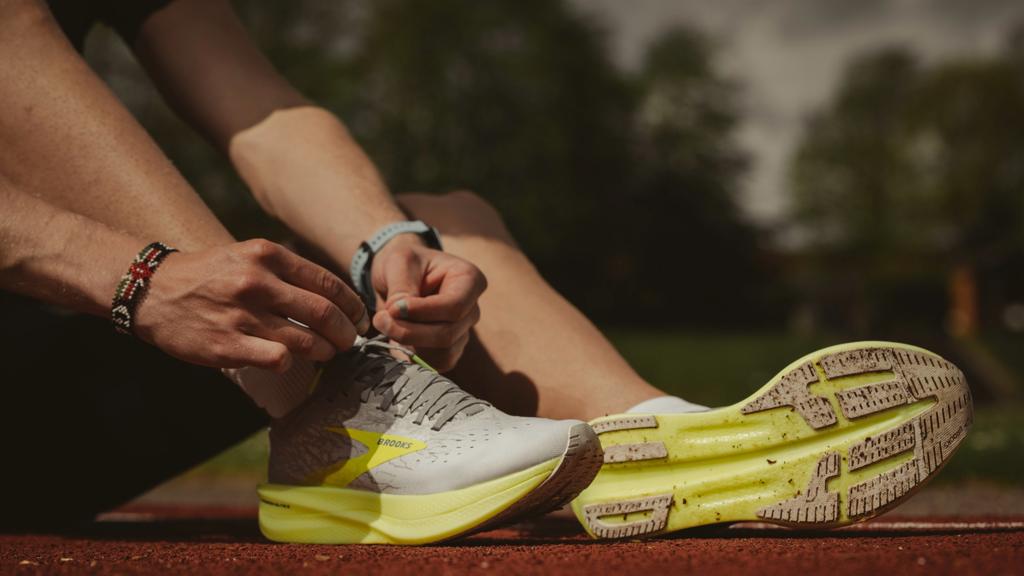
How to choose running shoes
Running is a great way to stay active and healthy. Whether you’re training for a marathon or just looking to get in a daily workout, choosing the right pair of running shoes is essential. With so many options on the market, it can be overwhelming to know where to start. In this article, we’ll go over 10 tips to help you choose the perfect pair of running shoes.

Know Your Foot Type
Before you start shopping for running shoes, it’s important to know your foot type. There are three main types of foot arches: flat, neutral, and high. Each type requires different types of shoes to properly support your feet. You can determine your foot type by doing a wet test, where you wet your foot and step onto a piece of paper, or by visiting a podiatrist. Once you know your foot type, you can look for shoes that provide the necessary support for your feet.
When shopping for shoes, make sure to try them on and walk around in them. Look for shoes that fit snugly but not too tight, with enough room in the toe box for your toes to move around comfortably. The heel should be snug but not tight, and the shoe should feel supportive and stable.
Consider Your Running Style
Your running style can also influence the type of shoes you need. For example, if you’re a heel striker, you’ll want shoes with extra cushioning in the heel to absorb shock. If you’re a forefoot striker, you’ll want shoes that are lighter and more flexible. Look for shoes that are designed for your specific running style to get the most out of your workout.
Choose the Right Type of Shoe
There are three main types of running shoes: neutral, stability, and motion control. Neutral shoes are best for runners with a neutral foot type and no gait issues. Stability shoes are designed for runners with mild overpronation, where the foot rolls inward slightly. Motion control shoes are designed for runners with severe overpronation, where the foot rolls inward excessively. Choose the type of shoe that best suits your foot type and running style.
Check the Sole and Tread
The sole and tread of a running shoe are also important factors to consider. Look for shoes with durable soles that can handle the wear and tear of running. The tread should provide good traction on different surfaces, such as pavement, dirt, or gravel. If you run in wet conditions, look for shoes with good grip to prevent slips and falls.
Consider the Cushioning
Cushioning is another important factor to consider when choosing running shoes. Look for shoes with enough cushioning to absorb shock and protect your feet from impact. However, too much cushioning can lead to instability and affect your running form. Choose shoes with the right level of cushioning for your foot type and running style.
Look for Breathable Materials
Running shoes should also be made of breathable materials to prevent your feet from getting too sweaty and uncomfortable. Look for shoes with mesh or other breathable materials that allow air to circulate around your feet. This will help keep your feet cool and dry during your run.
Choose the Right Size
Choosing the right size is essential when it comes to running shoes. Your feet can swell during a run, so it’s important to leave some room in the toe box to accommodate this. Look for shoes that are a half size larger than your normal shoe size. Make sure to try on shoes with the socks you plan to wear while running to ensure a proper fit.
Consider the Weight
The weight of your running shoes can also impact your running performance. Generally, lighter shoes can help you run faster and feel more agile, but they may not provide as much support and cushioning as heavier shoes.
For more tips, check out the following article:How to choose inline skates












